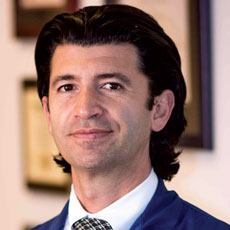
Traditional surgical debridement helped reduce wound size for a majority of wound care patients in skilled nursing settings, but it didn’t typically lead to full closure, according to a new study in Wounds.
Investigators reviewed the charts of 227 patients affiliated with a Los Angeles-based wound care practice. The group had a total of 319 wounds, and 190 of them were treated with weekly debridement.
The square surface area shrank for 73% of cases.
The study’s authors, Bardia Anvar, M.D., and Henry Okonkwo, PA-C, changed their practice to ensure patients with significant slough, necrosis, devitalized tissue, infected tissue and bioburden can get ongoing debridement at the nursing home bedside.
The study looked specifically at skilled nursing patients with pressure injuries of the sacrum, sacrococcyx, coccyx, ischium and trochanter.
Despite the overall success of the program, 27% of the debrided wounds were categorized as non-responders. Only 23% of all wounds treated healed completely. The authors pointed out that good wound management should incorporate sharp-instrument procedures in conjunction with other protocols.
“In order to heal wounds long term, it is important for wound care practitioners to go beyond the process of surgical debridement in order to provide wound healing,” the authors wrote.
From the September 01, 2017 Issue of McKnight's Long-Term Care News



